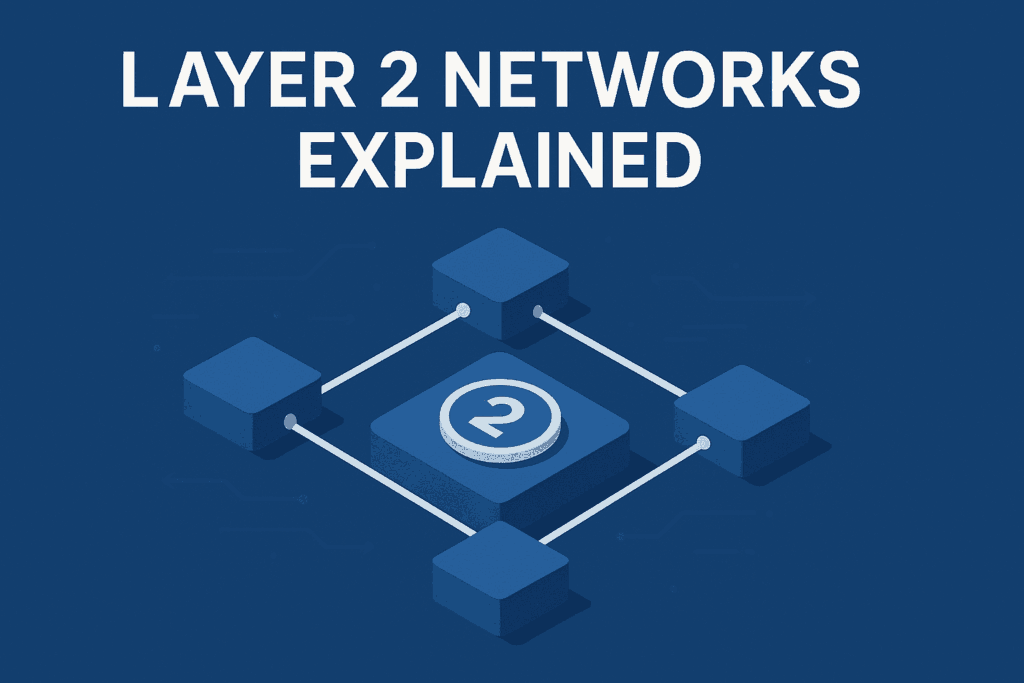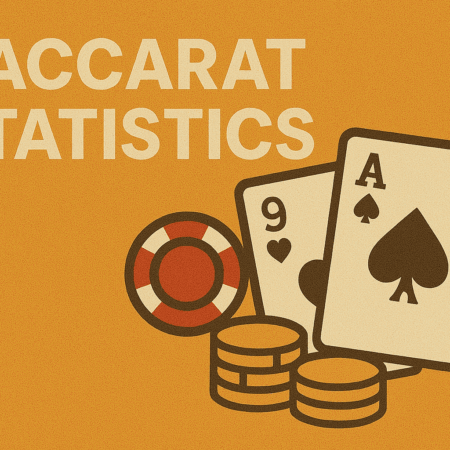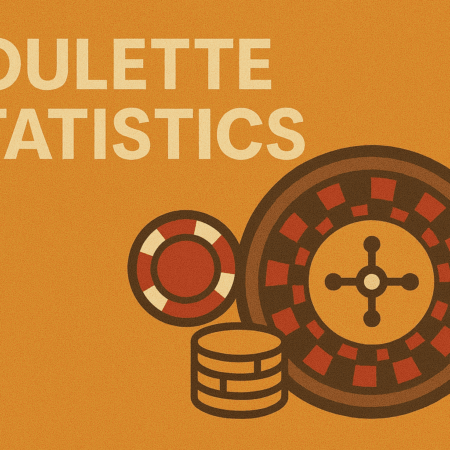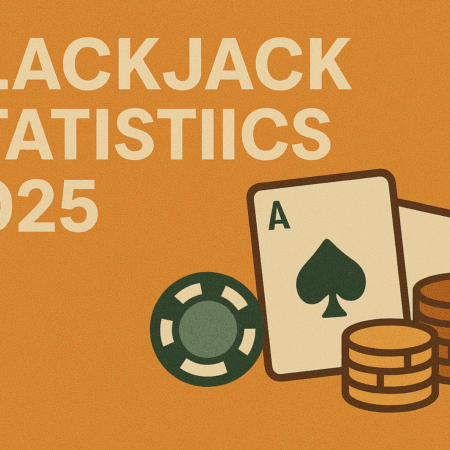
The Ethereum network has evolved significantly over the past few years, but one challenge remains persistent—scalability. As Ethereum transitions to a more mature ecosystem with widespread global adoption, Layer 2 solutions have emerged as essential tools for reducing costs, increasing throughput, and enhancing the user experience.
In 2025, Layer 2 networks are no longer experimental—they’re powering mainstream DeFi apps, NFT platforms, blockchain games, and enterprise integrations. In this guide, we’ll break down what Layer 2s are, why they matter, how they work, and what the future holds for this pivotal technology.
What Are Layer 2 Networks?
Layer 2 (L2) refers to blockchain protocols that run on top of a Layer 1 network, such as Ethereum, to offload transactional burden while still relying on the security of the base layer. By processing data off-chain (but anchoring it back on-chain), Layer 2s offer faster, cheaper, and more scalable blockchain experiences.
Why Layer 2s Exist
Ethereum’s base layer can process roughly 15 transactions per second (TPS). In comparison:
- Visa handles over 1,700 TPS on average
- NFT mints or DeFi surges can clog Ethereum, causing gas fees to spike above $50 per transaction
Layer 2s solve this by batching multiple transactions off-chain, then submitting a summary to the Ethereum mainnet for validation.
Types of Layer 2 Solutions
Not all Layer 2s are built the same. Here are the main types used in 2025:
1. Rollups
Rollups process transactions off-chain, then post transaction data or proof back to Ethereum.
a. Optimistic Rollups
- Assume transactions are valid unless challenged.
- Examples: Optimism, Base, Blast, Boba Network
- Low cost, high scalability; slight delay in withdrawals due to fraud-proof challenge windows.
b. ZK-Rollups (Zero-Knowledge Rollups)
- Use cryptographic proofs to instantly verify transactions.
- Examples: zkSync Era, Starknet, Polygon zkEVM, Scroll
- Fast finality and better suited for complex dApps or gaming platforms.
2. State Channels
- Enable users to transact off-chain with instant settlement.
- Ideal for frequent, small payments like gaming or streaming.
- Example: Raiden Network
3. Sidechains
- Independent blockchains that communicate with Ethereum using bridges.
- Example: Polygon PoS, Gnosis Chain
- Not true L2s but often grouped due to similar scalability goals.
4. Validiums
- Like ZK-rollups but data is stored off-chain entirely.
- Offer higher scalability for enterprises and games, but weaker decentralization.
Key Benefits of Layer 2 in 2025
🤑 Lower Gas Fees
L2s reduce transaction costs by 90% or more. For example:
- On Ethereum: ~$10 for a simple swap
- On Arbitrum or zkSync: ~$0.05 for the same action
🚀 Faster Transactions
Most L2s finalize transactions in seconds, compared to Ethereum’s average 12–15 seconds.
🌍 Wider Access
Lower fees make DeFi and NFTs more accessible to users in emerging markets, supporting crypto adoption at scale.
🧩 Compatibility with Ethereum
Most L2s are EVM-compatible, so developers can deploy smart contracts without rewriting code.
Top Layer 2 Networks in 2025
Here are some of the top-performing Layer 2s in terms of adoption, TVL (total value locked), and developer activity:
| Network | Type | Use Cases | TVL (2025 est.) |
| Arbitrum One | Optimistic Rollup | DeFi, gaming, DAOs | $15B+ |
| Optimism | Optimistic Rollup | Base chain infra, social media | $12B+ |
| zkSync Era | ZK-Rollup | DeFi, NFTs, micropayments | $8B+ |
| Starknet | ZK-Rollup | AI/ML, zero-knowledge computation | $6B+ |
| Base (by Coinbase) | Optimistic Rollup | Consumer apps, fintech | $5B+ |
| Polygon zkEVM | ZK-Rollup | Institutional DeFi | $4B+ |
TVL estimates from L2Beat and DeFiLlama, June 2025
How to Move Assets to Layer 2
Moving your funds from Ethereum mainnet to an L2 is easy in 2025. Most platforms offer integrated bridges or cross-chain swaps.
Step-by-Step: Bridging ETH to Layer 2
- Visit a bridge UI: e.g., https://bridge.arbitrum.io
- Connect your wallet (MetaMask or WalletConnect)
- Select the asset (e.g., ETH) and amount
- Confirm the transaction and pay the gas fee
- Wait for confirmation, then use the funds on the L2
🛑 Always verify URLs and use audited bridges—bridging remains a prime target for hacks.
Real-World Use Cases of Layer 2s in 2025
Layer 2s aren’t just about cheaper DeFi anymore—they’re powering real-world innovation:
- DePIN (Decentralized Physical Infrastructure): Filecoin uses L2s to track storage payments with micro-fees.
- Blockchain Gaming: Networks like Immutable and Xai offer low-latency transactions for in-game actions.
- DAOs & Voting: Snapshot + Starknet for secure, fast governance.
- SocialFi: Farcaster and Lens Protocol rely on Layer 2s to manage millions of user interactions daily.
- CBDCs & Enterprise Blockchain: Some national projects are piloting hybrid L1-L2 structures for cost efficiency.
Future Outlook: What’s Next for Layer 2?
🔁 Interoperability
The next big trend is L2-to-L2 communication without needing to route everything back through Ethereum mainnet.
🔐 Privacy Rollups
Hybrid rollups like zkLend and Aztec are integrating privacy into DeFi, enabling confidential transactions.
⚙️ Modular Blockchains
With Ethereum becoming a settlement layer, L2s will specialize—some for games, some for finance, some for AI.
🧠 AI x Layer 2
AI-driven bots on Layer 2 are helping users optimize gas, arbitrage trades, or manage portfolios autonomously.
FAQ: Layer 2 Networks in 2025
What is the best Layer 2 network to use in 2025?
It depends on your use case:
- For DeFi: Arbitrum, zkSync
- For NFTs: Polygon zkEVM, Immutable
- For gaming: Starknet, Xai
- For social media or apps: Base, Optimism
Is Layer 2 safe to use?
Most major Layer 2s are audited and secured by Ethereum’s base layer, but some (especially new rollups or bridges) may have risks. Always check for audits and avoid unaudited projects.
What’s the difference between a rollup and a sidechain?
- Rollups inherit Ethereum’s security.
- Sidechains (like Polygon PoS) operate independently and are less secure by comparison, though often faster.
Will Layer 2 fees stay low forever?
Not necessarily. As adoption rises, fees may creep up slightly—but they will remain far lower than Layer 1. ZK tech will continue to improve efficiency.
Can I use DeFi apps on Layer 2?
Yes! Many leading DeFi platforms like Uniswap, Aave, Synthetix, Curve, and GMX are already available on L2s, offering the same functionality with lower fees.
How do I withdraw assets from Layer 2 back to Ethereum?
You can use native L2 bridges, third-party bridges, or aggregators like Hop Protocol or Orbiter. Keep in mind:
- Optimistic rollups often have a 7-day delay unless using fast exit bridges.
- ZK-rollups usually have instant withdrawals.
Are Layer 2s only for Ethereum?
Most L2s are built on Ethereum, but similar scaling solutions are emerging for Bitcoin (via Lightning), Solana (via SVM app-chains), and Cosmos.
Final Thoughts
Layer 2 networks have gone from niche infrastructure to the backbone of modern crypto. In 2025, anyone interacting with Ethereum—whether for gaming, trading, or social networking—is almost certainly touching a Layer 2 solution. As the ecosystem becomes more modular, accessible, and scalable, understanding and using L2s will be as fundamental as using a wallet.
Whether you’re a developer, investor, or just crypto-curious, Layer 2 is where innovation lives now.

 Canada
Canada Deutsch
Deutsch Español
Español Português
Português



